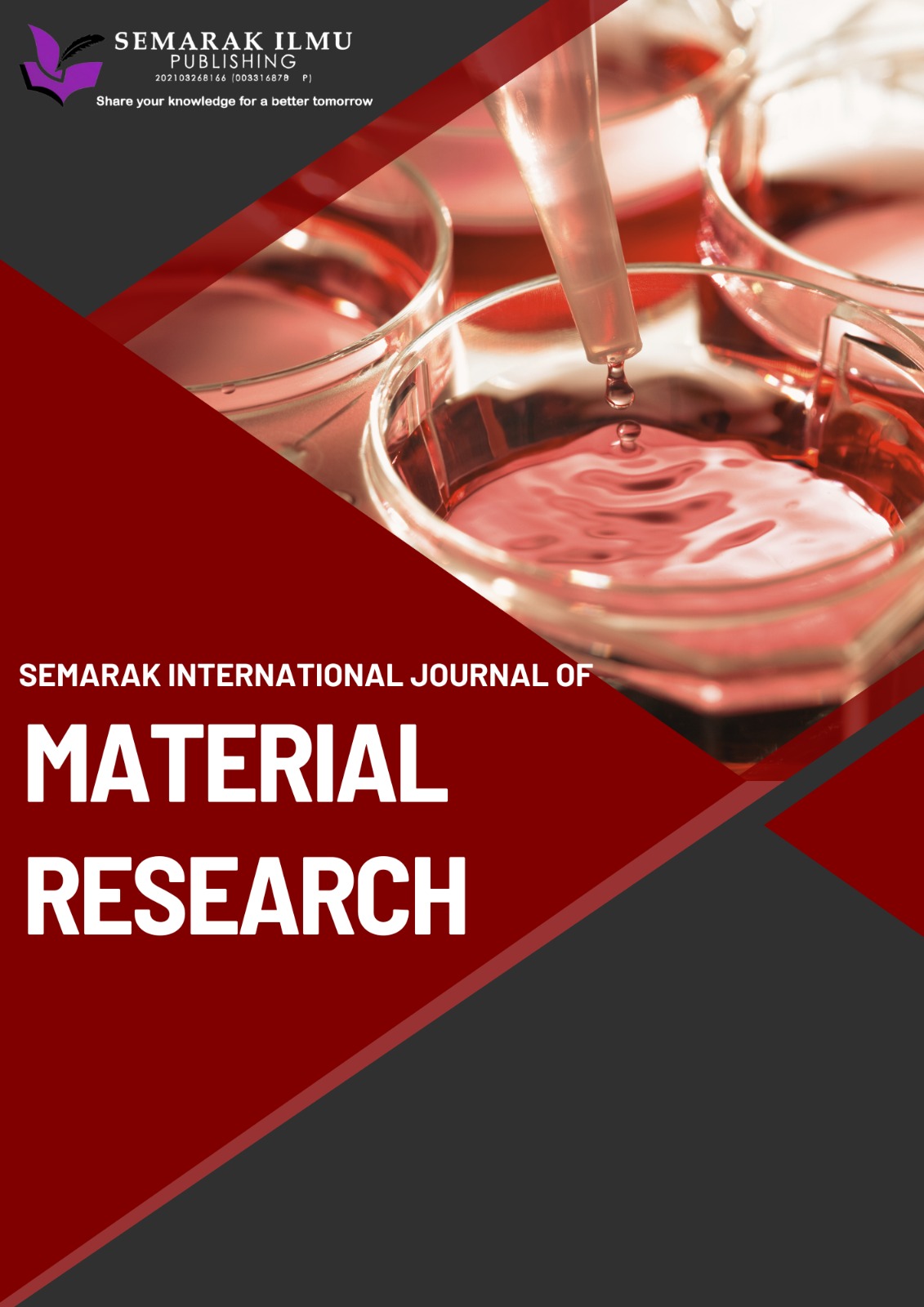Effect of Cutting Parameters in the Turning Process towards the Surface Roughness of AISI D3 Materials
DOI:
https://doi.org/10.37934/sijmr.2.1.1224Keywords:
Ceramics Cutting Tool, AISI D3, Surface RoughnessAbstract
The metal forming for manufacturing machine and automotive components can be done using machinery. The surface of the workpiece must meet the requirements for the roughness value according to the design. Factors such as the use of cutting tools and cutting parameters need to be considered because they could affect the surface roughness value. However, it’s a problem if the right combination of cutting parameters can’t be determined. The use of high cutting speeds could fasten the process, but this shortened the age of the cutting tool. Meanwhile, if the cutting feed is increased, then the process is shorter and the roughness value will be much higher. This study aims to determine the effects of cutting parameters in the turning process on the roughness value of the workpiece. In this study, an experimental turning process of AISI D3 Steel workpieces was carried out. AISI D3 workpieces have high hardness, which is why they require tough, hard and strong cutting tools such as ceramics. The cutting parameters used are varied, such as cutting speed (120-200 m/min), cutting feed (0.1-0.2 mm/rev), and cutting depth of 0.25 mm. The machining process was carried out without using coolant. After each turning process, the surface roughness of the AISI D3 Steel workpiece was measured at five different points. The results of the study showed that the smallest surface roughness value of the workpiece was 0.82 µm at a cutting speed of 180 m/min and a cutting feed of 0.1 mm/rev. The highest surface roughness value of the workpiece was 2.88 µm at a cutting speed of 200 m/min and a cutting feed of 0.2 mm/rev. Increasing the use of cutting speed has an effect on reducing the surface roughness value of the workpiece. Meanwhile increasing the use of cutting feed will increase the surface roughness value. At higher cutting speeds, the temperature in the cutting zone increases, which can reduce cutting forces and reduce surface roughness. To produce the desired surface roughness value, the use of cutting current that is too high or too low must be balanced with the appropriate cutting speed.













